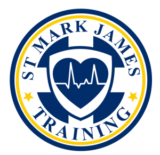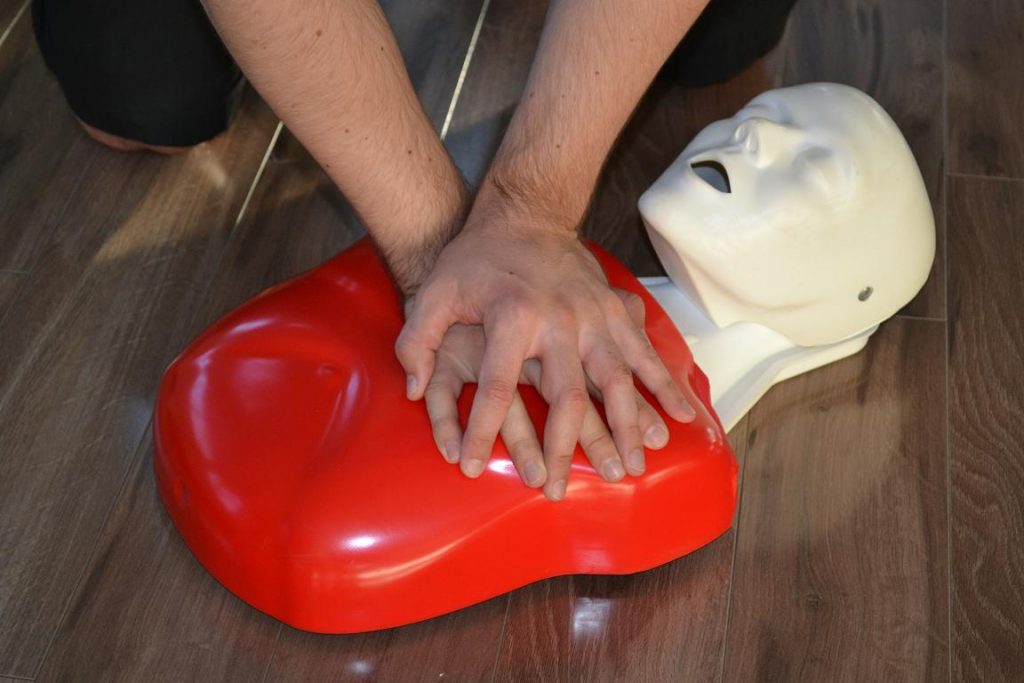In circumstances when a life is in danger, life-saving measures should be delivered right away. Retired nurse David Knowles was under cardiac arrest right in the middle of a CPR class he was teaching. He was delivering a course on first aid to a group of churchgoers when his pulse started to race.
Time to act
When he asked a student, Karol Chew, to assist him to lie down on the floor and placed his legs up on a chair, the group realized that there is something wrong. Since Knowles was experienced in such matters, he remained calm. He knew what was happening to him and started to guide Chew on the steps needed to save his life.
When Knowles lost consciousness, Chew utilizes the CPR skills she learned and started to perform compressions until the arrival of the paramedics who took over. Knowles woke up in a healthcare facility 2 ½ weeks later, still in a confused and groggy state.

As his memories steadily returned, he later learned that he suffered a cardiac arrest and developed a pulmonary embolism after admission to a healthcare facility. The doctors utilized 3 stents to open his arteries and implanted an internal defibrillator in his chest.
CPR on the line
Prompt delivery of cardiopulmonary resuscitation (CPR) is essential during emergencies. Bystanders should start this life-saving technique to improve the chances of survival.
For more information about this story, click here.
LEARN MORE
Learn how to be ready for emergencies by enrolling in our first aid course. Our courses maintain social distancing measures with reduced class sizes to maintain the minimum 2 meters apart along with the mandatory use of face masks and regular temperature checks. The venue of the courses undergoes regular, enhanced cleaning, and disinfection routines.
For more information, check out these sources:
https://www.mayoclinic.org/diseases-conditions/sudden-cardiac-arrest/symptoms-causes/syc-20350634
https://www.healthline.com/health/first-aid/cpr
https://www.webmd.com/first-aid/cardiopulmonary-resuscitation-cpr-treatment

